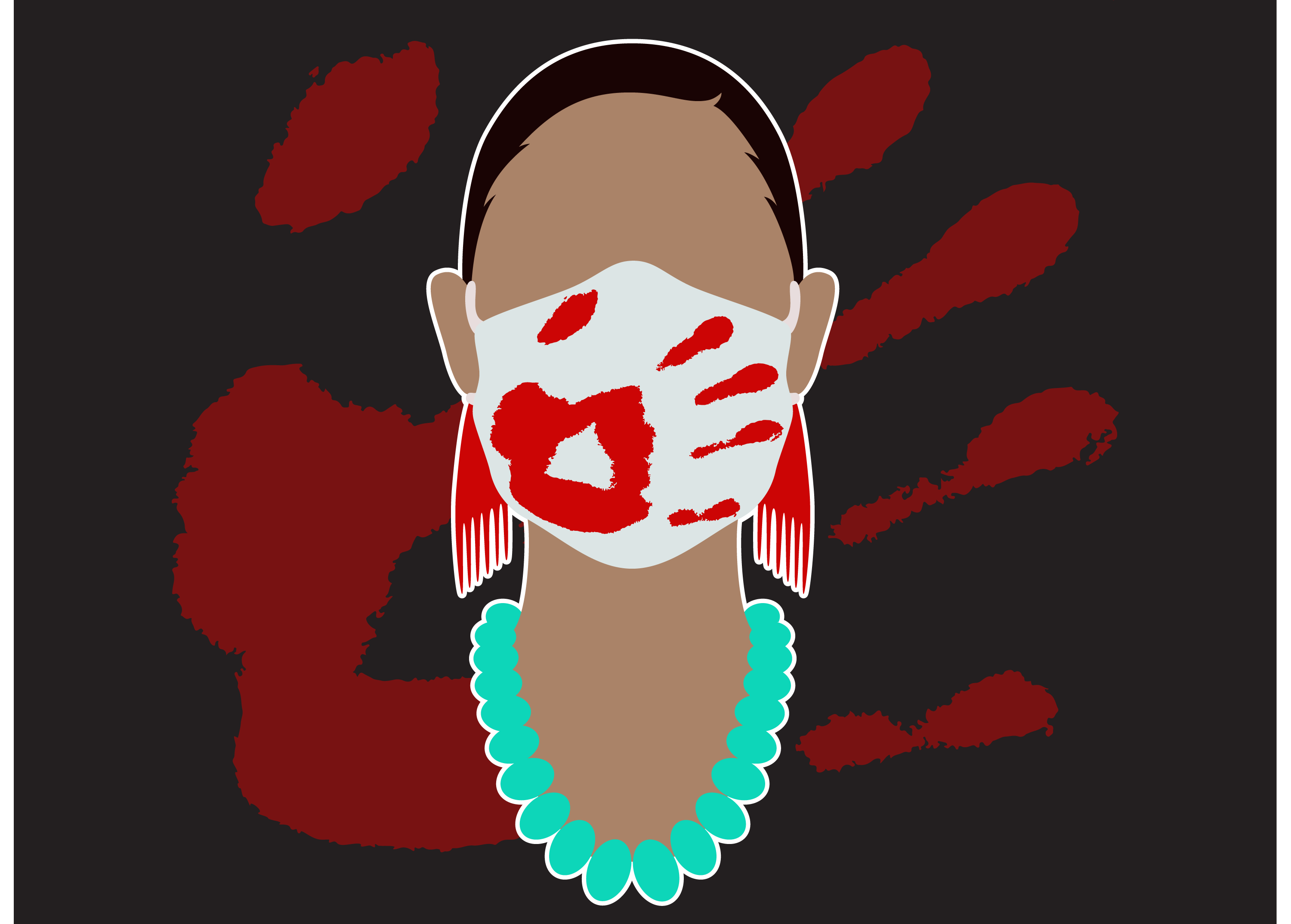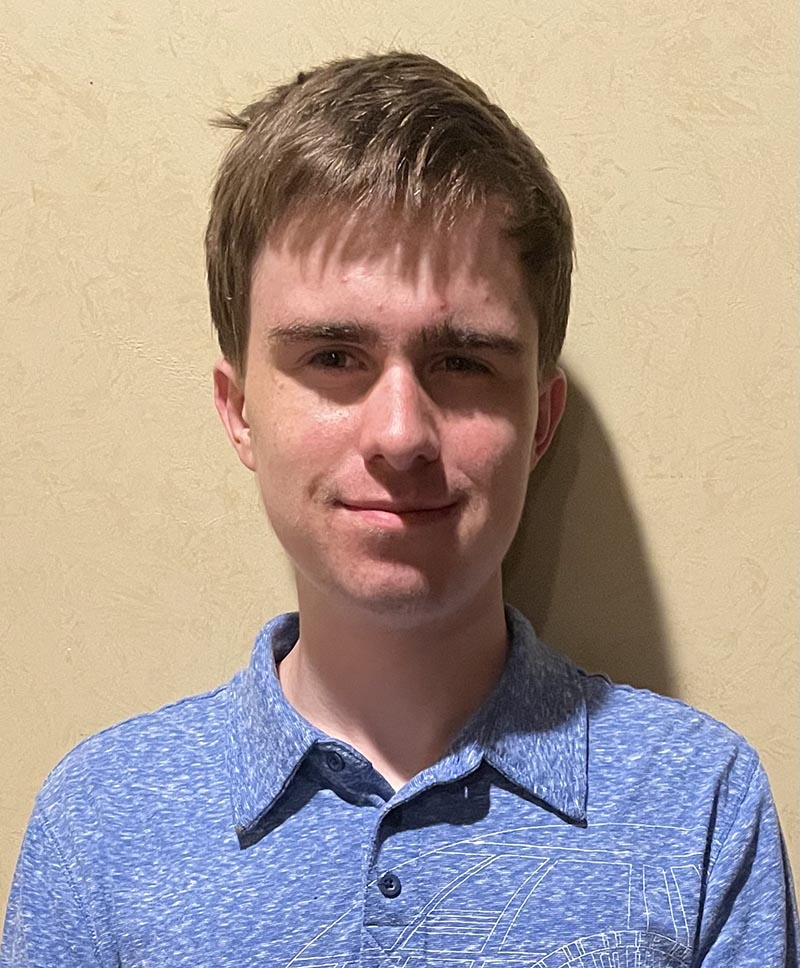
- Details
- By Andrew Kennard
BROWNING, Mont. — On June 12, Dillon Software will launch an expanded version of mmipmt.com, a reporting website for cases of missing persons from the Blackfeet Nation. New to the website will be the participation of the Confederated Salish and Kootenai (CSKT) Tribes of the Flathead Nation and crucial new reporting features.
The website was first created by students and staff from Blackfeet Community College in Browning, Mont. (BCC) to demand justice for the disappearance of former student Ashley Loring Heavy Runner in 2017.
Want more Native News? Get the free daily newsletter today.
“It’s a relief, because I can remember when we were going to report Ashley, and just the anxiety that we were experiencing, because we had the stigma that even if we were to call the police, would they even take it serious, you know?” Kimberly Loring Heavy Runner, Ashley’s sister and MMIP advocate, told Native News Online.
Barriers to reporting missing persons are a common problem for Native communities in Montana. When the Montana Missing Indigneous Persons Task Force (MMIPTF) held listening sessions with Native communities across the state, they found a lack of communication between law enforcement and families to be one of the common themes in responses, according to the Montana Department of Justice (MDOJ).
According to a data report from the MDOJ, approximately 830 Indigenous people went missing in Montana from 2017 to 2019, and Indigenous people are “more than four times as likely to go missing as non-Indigenous persons.” In 2019, the Montana Legislature passed an act creating the MMIPTF to increase coordination between tribal, local, state, and federal law enforcement agencies and reporting and investigation of missing Indigenous persons cases. The act also created the Looping in Native Communities (LINC) Grant Program, which funded the creation of mmipmt.com, according to the MDOJ.
According to web developer Sean Dillon of Dillon Software, the new website will enable the public to view, report, and submit tips about missing persons cases on the Flathead Nation and the Blackfeet Nation.
Drew Landry, the LINC coordinator for the Blackfeet Nation, said the goal is to add all tribal nations in Montana to the new website by the end of the summer and then look at expanding to other tribes.
“CSKT has been very forward-thinking in the MMIP efforts,” said Ellie Bundy, a councilwoman for the CSKT and a member of the Montana Missing Indigenous Persons Task Force. “When we were asked if we were interested in being the second tribe to be added (to the website), you know, we took full advantage of that.”
According to Dillon, after a person submits a missing persons report on the new website, it will be automatically sent to both the relevant tribe’s website coordinator and law enforcement agencies chosen by the tribe. Dillon said the report will then be stored in the website’s database for analysis. Dillon also said that the LINC coordinators’ responsibilities will include opening a line of communication between law enforcement and families, evaluating tips, and making sure law enforcement agencies receive new information as it comes to light.
“The system is not a replacement for contacting law enforcement,” said Dillon, who volunteered his company’s services freely after reading about the website in the Great Falls Tribune. “It does contact law enforcement for you, but part of the LINC coordinator’s job (is) to coordinate between the family and law enforcement for any ongoing updates about what’s happening with the case. Are you organizing a search party? Did you talk to this person? What’s the status? All that kind of stuff. That’s the niche that the website is trying to fill, that reluctance from the public to work with law enforcement directly.”
The website is funded by $25,000 grants from the LINC Grant Program and AT&T, according to Landry. Landry, who was one of the BCC students involved with searching for Ashley Loring Heavy Runner, said that five cases have been reported on the current website. He added that cases are being reported more quickly in his community.
“Is it all fixed now, and is it all better? No, it’s going to continue to be an issue,” Landry said. “But what we can do is at least help them through the reporting process. And I think we all agree that if we save one life through this, then we’ve done our job.”
Landry said that community members will also meet on June 12 at the BCC for a solidarity walk followed by a search for Leo Wagner, 26, and Arden Pepion, 3, both of whom went missing in April, according to the Montana Missing Persons Clearinghouse.
Kimberly Loring Heavy Runner said the walk has taken place each year since June 2018 with the exception of last year, when the walk was cancelled due to Covid-19.
“The purpose of the walk is to be able to bring families together and to come together as one and to share our stories because it is healing, and also to spread awareness that Ashley is still missing, years later,” Kimberly said. “And how many years is it going to take to find her, and just to let everyone know that we are still searching, still looking. There’s families just like Ashley’s.”
More Stories Like This
Native News Weekly (August 25, 2024): D.C. BriefsUS Presidents in Their Own Words Concerning American Indians
This Day in History — Dec. 29, 1890: Hundreds of Lakota Killed During the Wounded Knee Massacre
Monday Morning (December 29, 2025): Articles You May Have Missed This Past Weekend
Native News Weekly (December 28, 2025): D.C. Briefs
Help us defend tribal sovereignty.
At Native News Online, our mission is rooted in telling the stories that strengthen sovereignty and uplift Indigenous voices — not just at year’s end, but every single day.
Because of your generosity last year, we were able to keep our reporters on the ground in tribal communities, at national gatherings and in the halls of Congress — covering the issues that matter most to Indian Country: sovereignty, culture, education, health and economic opportunity.
That support sustained us through a tough year in 2025. Now, as we look to the year ahead, we need your help right now to ensure warrior journalism remains strong — reporting that defends tribal sovereignty, amplifies Native truth, and holds power accountable.
 The stakes couldn't be higher. Your support keeps Native voices heard, Native stories told and Native sovereignty defended.
The stakes couldn't be higher. Your support keeps Native voices heard, Native stories told and Native sovereignty defended.
Stand with Warrior Journalism today.
Levi Rickert (Potawatomi), Editor & Publisher

